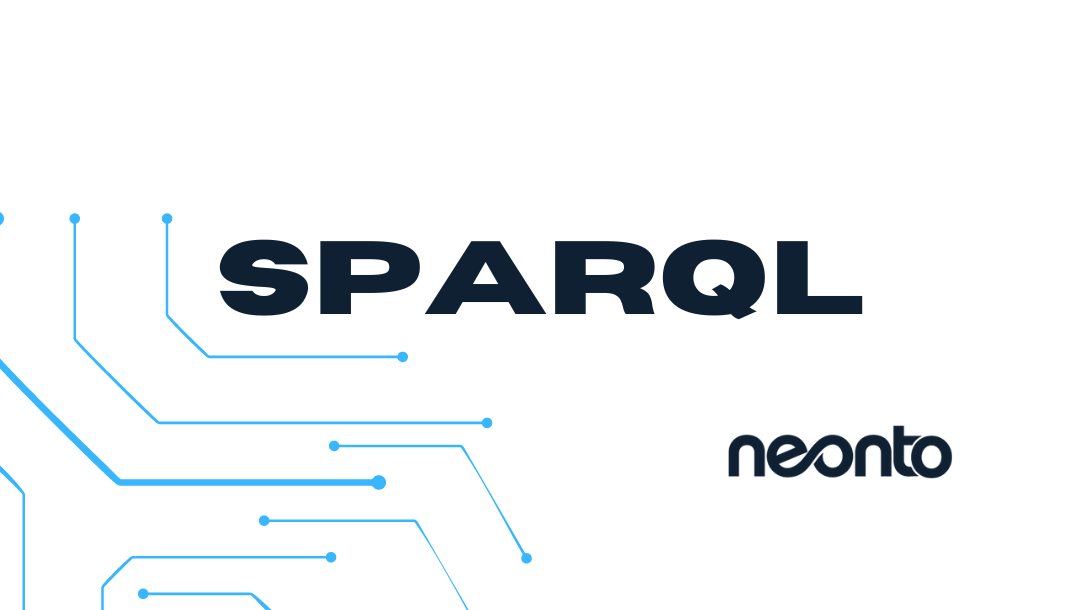
The SPARQL Protocol and RDF Query Language - Advanced
neontoThis course takes you beyond the basics of SPARQL and introduces advanced techniques for querying RDF data. It is designed for learners who already understand the fundamentals of triple patterns, filters, and simple SELECT queries, and who are ready to tackle more complex graph scenarios.
You’ll begin by exploring advanced query operations such as subqueries, aggregates, and grouping, which allow you to build modular queries and summarize data efficiently. From there, you’ll work with different SPARQL query forms like CONSTRUCT, ASK, and DESCRIBE, each serving distinct purposes from creating new graphs to testing for the existence of patterns.
The course then introduces property paths and quantifiers, powerful features that let you traverse multi-step relationships and control the depth of graph exploration. These constructs enable you to discover hidden structures, indirect connections, and patterns that are not visible with simple queries.
In the final part, you’ll go beyond querying by learning about SPARQL Update for modifying RDF graphs and the SPARQL Protocol for interacting with endpoints in distributed systems. These features expand SPARQL from a query language into a complete interface for managing RDF data at scale.
By the end of the course, you’ll be able to write, understand, and optimize advanced SPARQL queries, apply them to real-world datasets, and integrate them into applications that rely on interoperable, semantic data.
